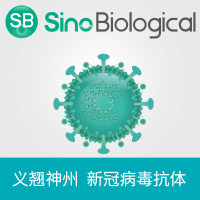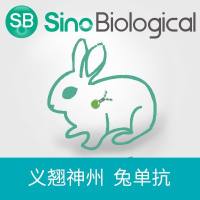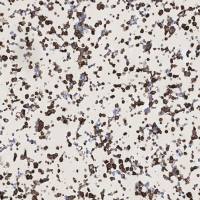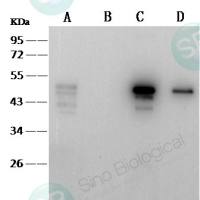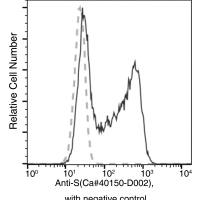Overview of Antibody Use in Immunocytochemistry
互联网
1982
Immunocytochemistry, by definition, is the identification of a tissue constituent in situ by means of a specific antigen-antibody interaction where the antibody has been tagged with a visible label (1 ) Cell staining is a powerful method to demonstrate both the presence and subcellular location of a particular molecule of interest (2 ) Initial attempts to label antibodies with ordinary dyes were unsatisfactory because the label was not sufficiently visible under the microscope. A. H. Coons first introduced immunofluorescence in 1941, using specific antibodies labeled with a fluorescent dye to localize substances in tissues (3 ). This technique was considered difficult, and its potential was not widely realized for nearly 20 years. Early attempts focused on labeling the specific antibody itself with a fluorophore (see Chapter 6 ). The labeled antibody was then applied to the tissue section to identify the antigenic sites (direct method) (3 ) (see Chapter 15 ). Later, the more sensitive and versatile indirect method was introduced (4 ) (see Chapter 16 –Chapter 18 ). In this method, the specific antibody, bound to the antigen, was detected with a secondary reagent, usually another antibody that had been tagged with either a fluorophore or an enzyme.


